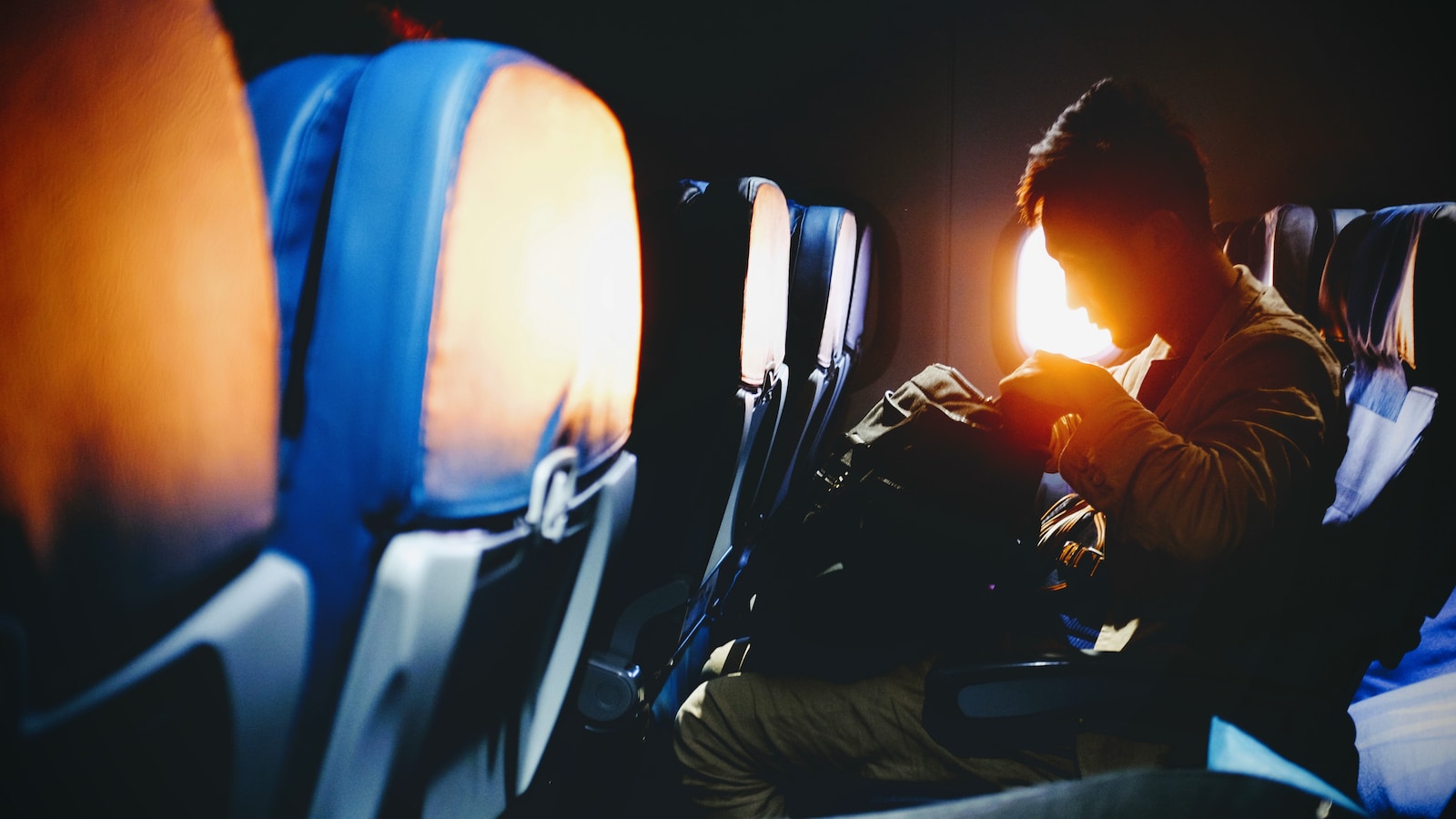Swimming in the ocean, lake or river, forest walks, mountain hikes, bike rides, but also long car journeys or flights – vacations are ultimately a combination of activities and situations we’re not necessarily used to. And these might require some advice, often simple and even common sense, to ensure everything goes smoothly each time.
Today, let’s focus on something relevant for those who have or will have a long flight ahead – transatlantic or even longer. Five tips to physically prepare yourself for such journeys.
Creating your own environment
1- Adjust your sleep schedule: long-haul flights mean, unless you’re flying north-south (or vice versa), dealing with jet lag upon arrival. Start by adjusting your sleep schedule a few days before departure to align with your destination’s local time. If you’re traveling east, go to bed earlier; if you’re traveling west, go to bed later. This rule should also apply during your flight – try to sleep (or stay awake) depending on your expected arrival time.
2- Wear loose, comfortable clothing: that doesn’t restrict movement or circulation. For those prone to heavy legs, especially on flights, wear compression socks to promote blood circulation. In short, plan your flight outfit even if it means changing just before and after the flight.
3- Stay hydrated and eat light, balanced meals: if there’s one piece of advice for anyone flying for several hours, it’s to hydrate abundantly (without alcohol or caffeine). Between the dry air circulated during the flight and cabin pressure lower than what we experience at ground level, our body becomes dehydrated, which can lead to increased fatigue, headaches, or even digestive problems. That’s also why you should opt for light, fiber-rich foods for meals and snacks to aid digestion. Conversely, avoid heavy, fatty, or spicy meals.
4- Move regularly: the longer the flight, the more important it is to stretch your legs to improve blood circulation. So, get up regularly from your seat, take a few steps down the aisle, and do some stretches for your legs and back. Besides reducing fatigue and preventing digestive issues, relieving pain from prolonged sitting, getting up and walking regularly improves blood circulation and reduces the risk of blood clots forming, especially in the legs, which could occur following prolonged immobility.
5- Create an environment conducive to rest: if not sleep. Use an eye mask, earplugs against ambient noise, or headphones for relaxing music, adjust your seat (having also chosen what seems to be the best seat for you), and use a travel pillow to support your head and neck, plus a blanket if needed.
Bonus tip: prepare a special long-haul toiletry kit. This is what some people do for the longest flights. A few products to bring along to “revive” the body, if not the spirit, before or upon arrival. Among other things: moisturizer for face and body since the dry cabin air can dehydrate your skin, hand sanitizer or disinfectant (like the ones used during COVID) for better hygiene, lip balm for chapped lips caused by the dry air on planes, or even a nasal spray to moisturize nasal passages.

